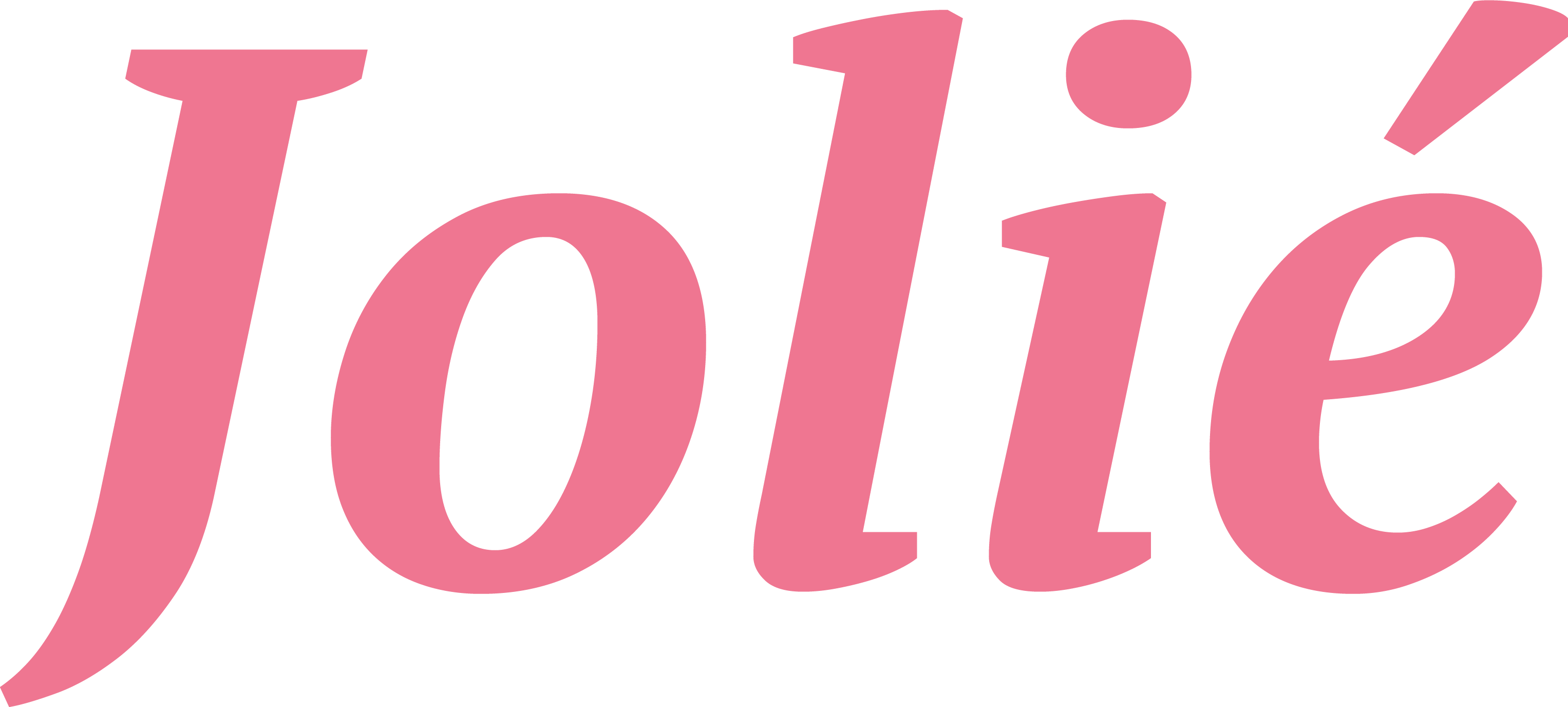The wellness industry is frequently seen as a utopian environment where everyone is committed to living a healthy lifestyle and supporting the self-care movement. Yet it’s becoming clear that there might be a negative aspect to extreme wellness as more and more people are drawn to extreme diets, workout routines, and lifestyle modifications in the quest for physical perfection. Anorexia nervosa and orthorexia, an obsession with eating only “clean” foods, have become more prevalent in recent years among both men and women. Also, more people are participating in long-distance races, multi-day quiet retreats, and hours-long workout sessions. Although these trends may appear noble at first glance, individuals who follow them to the extreme risk facing major repercussions.
Take Emily Fonnesbeck as an illustration. She started limiting her diet and exercising a lot after having her first baby, finally limiting herself to only five items. Fonnesbeck, however, now works with those who struggle with compulsive eating and body image concerns after her spouse advised her to get help. Her experience demonstrates how easily a sincere endeavor at self-improvement can turn into something much darker and more worrisome.
It’s challenging to determine whether the prevalence of disordered eating and exercise is really rising or if this phenomenon is the result of performative behavior made possible by social media platforms like Instagram, where users upload photos of themselves looking their “perfect” selves, creating an idealized version of reality that many people feel pressure to live up to. Whatever the circumstances, one thing is certain: if we want to stop extreme wellness practices from having a negative impact on our physical and mental health, we need to be aware of the risks connected to their excessive usage.
Due to the current Western culture’s high demands for muscularity, men are particularly susceptible to this problem. A perilous route toward steroid use and other substances that promise speedy benefits but frequently have unpleasant side effects like facial hair development or balding patterns has been taken by some men as a result of this pressure. We need to develop more realistic ideas of what fitness looks like for all sexes, not just males so that nobody feels pressured to use risky practices like steroid use or extreme dieting or exercise regimens in an effort to meet social expectations.
When trying to understand why some people struggle to break their extreme wellness habits once they get going, neurochemistry is a crucial factor to take into account. According to experts like Dr. Mark Schwartz MD, the former Chief Medical Officer at the Eating Recovery Center Colorado, there is evidence linking disordered eating behaviors and serotonin levels, a neurotransmitter linked to mood regulation. This means that people with depression or anxiety may be especially vulnerable because their brain chemistry is already out of balance, making them more likely to engage in unhealthy behaviors like excessive exercise or severe calorie restriction without realizing the consequences until it is too late.
Therefore, it’s critical that we start talking about the risks involved with extreme wellness before it’s too late. While intentions may initially be good attempts at self-improvement, if left unchecked, they may very rapidly morph into something considerably more dangerous. More awareness needs to be raised about mental health conditions like anxiety and depression so that no one feels ashamed to seek assistance when they do. This will prevent people from going to extremes that may have long-term negative effects on their wellness.








